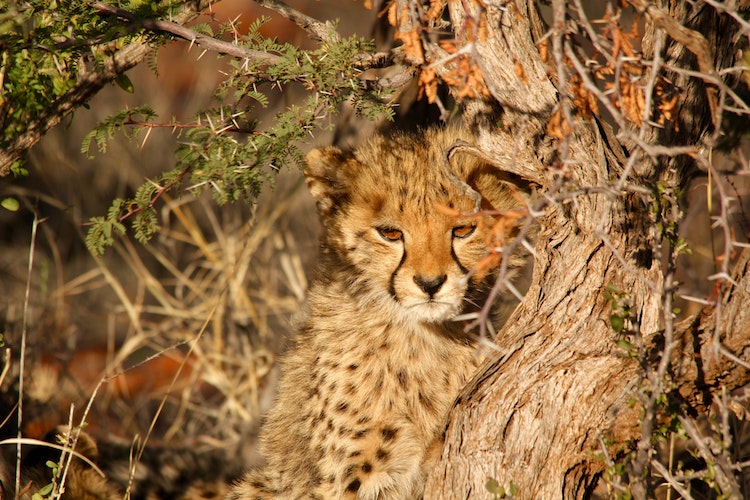Celebrating World Wildlife Day 2020

Today is World Wildlife Day with the theme, “Sustaining all life on Earth.” This encompasses all wild animal and plant species as a component of biodiversity, as well as the livelihoods of people.
The animals and plants that live in the wild have intrinsic value and contribute to the ecological, social, economic, scientific, educational, cultural, recreational and aesthetic aspects of human well-being and to sustainable development.
World Wildlife Day is an opportunity to celebrate the varied forms of wild fauna and flora and to raise awareness of the multitude of benefits that their conservation provides to humanity. The day also reminds us of the urgent need to step up the fight against wildlife crime and human-induced reduction of species, which have wide-ranging economic, environmental and social impacts. Given these various negative effects, Sustainable Development Goal 15 (Sustaining Life on Earth) highlights halting biodiversity loss. World Heritage sites are home to the world’s most exceptional wildlife on earth. Despite their iconic status, these outstanding places face many threats. The IPBES Global Assessment revealed that nearly 8 million species on our planet are threatened by extinction. While 2020 marks the end of the global targets set 10 years ago to halt the loss of biodiversity (Aichi Biodiversity Targets), the IPBES Global assessment showed that little progress was made in achieving them so far. The year 2020 also signifies a time when the world will decide on the new global agenda for biodiversity conservation (Post 2020 Global Biodiversity Framework). This is an occasion for world leaders to decide on an ambitious agenda to make the transformative change needed to stop biodiversity loss and species extinction. The 1972 World Heritage Convention makes an important contribution to protect species by giving an international protection status to areas which harbor the most remarkable species. The transnational mangrove ecosystem of the Sundarbans (Bangladesh) and the Sundarbans National Park (India) for example are the world's largest remaining habitats for the Bengal Tiger and other threatened, flagship species such as Irrawaddy and Ganges River dolphins. Biodiversity and species are not only crucial to sustain life on earth (SDG 15) but also shape our identity as a human species. Nature is part of our common heritage and is the essence of the World Heritage Convention. In order to save species, we need to protect their habitat and ensure these protected areas are well managed and connected. CREDIT - UNESCO
World Wildlife Day is an opportunity to celebrate the varied forms of wild fauna and flora and to raise awareness of the multitude of benefits that their conservation provides to humanity. The day also reminds us of the urgent need to step up the fight against wildlife crime and human-induced reduction of species, which have wide-ranging economic, environmental and social impacts. Given these various negative effects, Sustainable Development Goal 15 (Sustaining Life on Earth) highlights halting biodiversity loss. World Heritage sites are home to the world’s most exceptional wildlife on earth. Despite their iconic status, these outstanding places face many threats. The IPBES Global Assessment revealed that nearly 8 million species on our planet are threatened by extinction. While 2020 marks the end of the global targets set 10 years ago to halt the loss of biodiversity (Aichi Biodiversity Targets), the IPBES Global assessment showed that little progress was made in achieving them so far. The year 2020 also signifies a time when the world will decide on the new global agenda for biodiversity conservation (Post 2020 Global Biodiversity Framework). This is an occasion for world leaders to decide on an ambitious agenda to make the transformative change needed to stop biodiversity loss and species extinction. The 1972 World Heritage Convention makes an important contribution to protect species by giving an international protection status to areas which harbor the most remarkable species. The transnational mangrove ecosystem of the Sundarbans (Bangladesh) and the Sundarbans National Park (India) for example are the world's largest remaining habitats for the Bengal Tiger and other threatened, flagship species such as Irrawaddy and Ganges River dolphins. Biodiversity and species are not only crucial to sustain life on earth (SDG 15) but also shape our identity as a human species. Nature is part of our common heritage and is the essence of the World Heritage Convention. In order to save species, we need to protect their habitat and ensure these protected areas are well managed and connected. CREDIT - UNESCO
Latest Videos
















